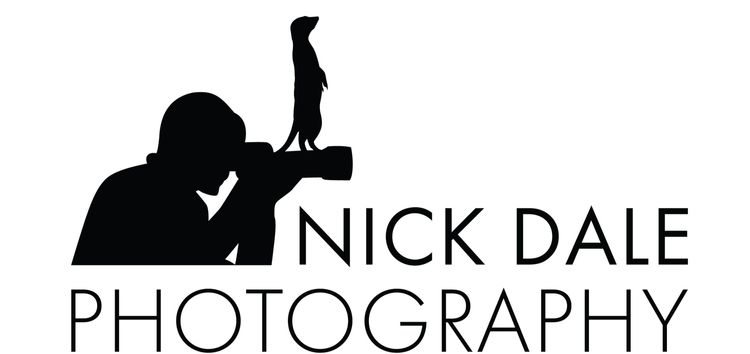I’m a photographer (among other things), and this is the first of a series of posts about my favourite photographs. I’ll tell you how I took them and break down the shot into the idea, the location, the equipment, the settings, the technique and any post-processing.
The idea
When I took this shot, I was at a Battle of Hastings re-enactment at Battle Abbey in Sussex.
I was there to take pictures of the battle scenes between enthusiasts dressed up as Normans and Saxons, and I had no idea there was going to be a falconry display until I bought my ticket and was given a flyer with the plan for the day.
The golden eagle is my favourite bird (isn’t it everyone’s?!), so I was very excited to be able to see one in action.
The falconers from Raphael Historical Falconry put on a couple of displays with a variety of birds, including a gyrfalcon and a Harris hawk, but the golden eagle was the highlight.
Afterwards, I wandered over to their tent, and I was able to get within just a few feet of all the birds.
The falconer was happy to chat with the spectators with a bird on his arm (so to speak!), and later he fed and watered the birds outside.
That gave me the chance to set up my tripod and get a few good close-ups, and this was the best of the lot.
The location
Battle Abbey, High Street, Hastings and Battle, East Sussex TN33 0AD, United Kingdom, around 1500 on 11 October 2014.
The equipment
Nikon D800 DSLR camera
Sigma 50-500mm F4.5-6.3 APO DG OS HSM lens
Manfrotto 190XProB tripod with 496RC2 universal joint head
Hähnel HRN 280 remote release.
I was a bit worried about using my ‘Bigma’ to take this picture, as I hadn’t been very impressed with it on my trip to Spitsbergen to see the polar bears.
Admittedly, the bears were usually a few hundred yards away, and no zoom lens is at its best when it’s at its longest focal length, but I was disappointed that my shots were so soft.
As a result, I did a manual focus check and discovered that the calculated auto-focus fine tune setting was a whopping -12!
Armed with this new improvement to the sharpest tool in my box, I was ready for anything…
PS They call it the ‘Bigma’ as it’s made by Sigma, and it’s enormous!
The settings
Auto ISO 110
f/9
1/250
500mm
Daylight white balance
Single-point auto-focus
I had the camera on Manual with ISO on Auto, which I thought was appropriate for a day when lots of things would be happening, and I’d be taking candid shots without much opportunity to sit down and check my settings. However, I should probably have set the ISO to its optimum value of 100 for this shot, as I had plenty of time.
The technique
I’m generally a travel and wildlife photographer, but I normally don’t use a tripod as it gets in the way and doesn’t work too well in a Land-Rover moving at 40mph!
However, I learnt a new perspective from a professional photographer called Mark Carwardine. He happened to be on a cruise to Spitsbergen that I went on a few months ago, and he was always carrying around his tripod with the legs fully extended – even on the Zodiac inflatables that we used to land on the islands.
I thought to myself, If he can do it, so can I!
After that, I’ve tried to use a tripod wherever possible. I love really sharp wildlife shots, and a 36.3-megapixel DSLR and a tripod make a winning combination.
Another important thing about wildlife shots is to get down to the level of the animal or bird you’re shooting.
You can see from this shot that I’m right at eye-level with the eagle, and that gives the sense of power and intimacy I was looking for.
Finally, I’ve learnt from a couple of portrait shoots the value of the ‘catchlight’.
This is the reflection of the light source that you see in the eye of your subject. It’s just as important with wildlife as with people, and I was lucky enough to get a break in the clouds that allowed the sun to provide the perfect catchlight. Lucky me!
The post-processing
I changed from a PC to a Mac a few years ago, so I do all my post-processing in Aperture. I suppose I should upgrade to Lightroom or Adobe Camera Raw or Photoshop, but iPhoto was the default image-processing software on the Mac, and Aperture was the cheapest upgrade!
I only had two changes to make to this shot:
Even at 500mm, I still wasn’t quite close enough for the bird’s head to fill the frame, so I had to crop in later. I’ve found from experience that 6.3 megapixels is the minimum size that the major online photo libraries accept, so I never go below 6.4 MP (to avoid rounding errors), and that’s the new size of this file.
In the end, the automatic ISO setting was close enough to the optimum of 100, but the shot was slightly overexposed due to the dark colours of the eagle’s feathers and the grassy background, so I had to reduce the exposure by 0.5EV.
If you’d like to order a framed print of one of my wildlife photographs, please visit the Prints page.
If you’d like to book a lesson or order an online photography course, please visit my Lessons and Courses pages.

